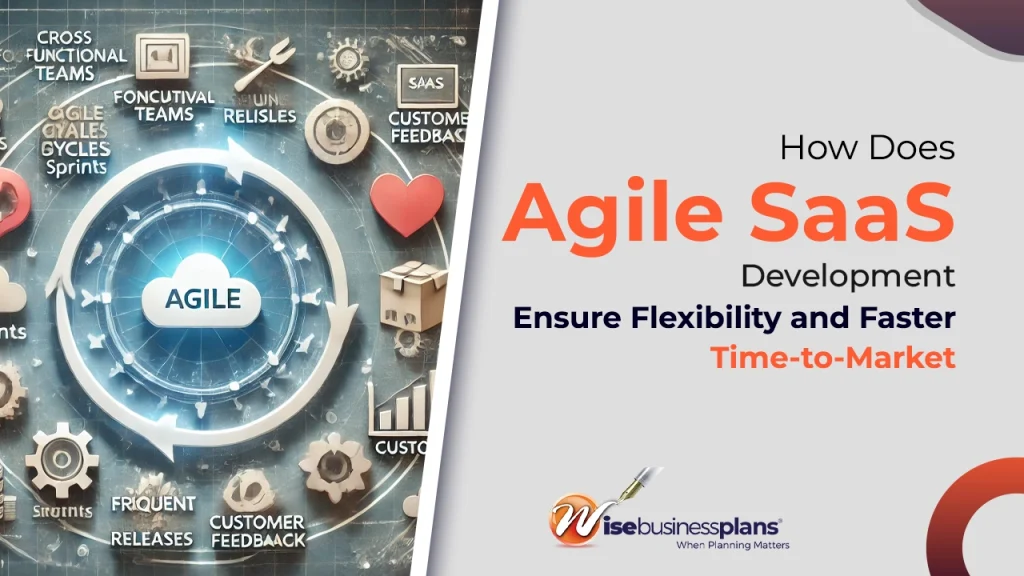How Security Management Software Can Streamline Your Organization’s Security Protocols
In today’s changing landscape, businesses are always dealing with new security challenges. It is crucial to have robust security measures in place. Security management software plays a role in this area, making complicated processes easier and improving safety measures. This article explores how such software can enhance an organization’s security procedures, resulting in more secure operations.

Centralized Control
One major benefit of security management software is its capacity to consolidate control functions in a location instead of overseeing numerous security measures across different platforms separately, as organizations can now merge all elements into a unified system. This helps streamline monitoring and rapid response times to minimize potential weaknesses. This cohesive strategy guarantees that all security protocols operate together seamlessly to enhance overall safeguard measures.
Automated Processes
Manual security checks can take up a lot of time. They are also susceptible to mistakes made by humans. Endowing security management software brings in automation for tasks. Automated procedures consist of routine system scans detecting threats in real-time and sending alert notifications. Both AI and Automation save time. They boost precision, making sure that all possible threats are detected. Organizations can then manage their resources effectively, focusing on priorities rather than monotonous duties.
Do you need a business plan?
Hire professional
business plan consultants now!
Enhanced Reporting and Analytics

Effectively managing security measures and protocols involves analyzing data in a certain manner. Security management tools offer a range of reporting features and analytical resources that reveal in-depth information on security events, patterns, and weaknesses. Advanced reporting functionalities empower companies to detect trends and potential risks ahead of time. By utilizing these data-driven insights, key decision-makers can develop informed security plans and enhance their safety procedures continuously.
Scalability and Flexibility
As companies expand in size and scope, over time, their security requirements also develop. Security management software provides the ability to scale up and adapt easily to meet these evolving needs. Whether it’s about expanding into areas, growing the workforce, or introducing technologies, this software guarantees that security protocols stay strong and efficient. With scalability as a feature, organizations are able to uphold security standards without having to completely revamp their current systems, offering a budget-friendly response to increasing security needs.
User-Friendly Interface
Integration Capabilities

Many companies nowadays rely on a range of tools and systems to run their operations smoothly and efficiently. Security management software is designed with integration features that enable connection to the infrastructure in place. This setup ensures that security measures work hand in hand with systems to establish a unified and effective workspace. By incorporating integration capabilities into their processes, organizations can streamline workflows, boost efficiency, and minimize security vulnerabilities.
Cost Efficiency
Security management software can offer cost savings when integrated into business operations effectively. Incorporating automation and streamlining tasks not only reduces reliance on manual work but also mitigates potential security vulnerabilities. This proactive approach helps to cut down costs for organizations. Moreover, the adaptability and scalability of software eliminate the necessity for updates or replacements, resulting in enhanced cost-effectiveness. Ultimately, this software solution proves to be a budget option for upholding security measures while maximizing resource allocation efficiency.
Unsure about how to write a business plan?
Get help from our
sample business plans now!
Proactive Threat Management
Conclusion
In an era where security threats are becoming increasingly sophisticated, organizations must adopt advanced measures to protect their assets and personnel. Security management software offers a comprehensive solution, streamlining security protocols through automation, real-time monitoring, and improved coordination. By enhancing efficiency, reducing costs, and ensuring compliance, this software proves to be an invaluable asset for any organization. Embracing security management software is not just a step towards better security; it is a stride towards a safer and more productive organizational environment.













